In 2012 Danish director Andreas Dalsgaard made a documentary entitled The Human Scale. The documentary explored the principle challenges of fast-growing cities and asked how dignified and full lives could be led in these megacities. The documentary featured Jan Gehl, visionary Danish architect and city-planner, who has been thinking about such matters since the 1970s. He was how we can create conditions in a city that would make it a sought-after location, a place of encounters, communication and random interactions. The documentary focused on the largest cities, where inappropriately selected infrastructure and slow adaptation to rapid urbanization and population growth have broken the bounds of decent humanity and health. However, it is becoming more and more common for people to perceive cities to be places of work only. People prefer to spend their free time in the countryside and nature, while they see the beauty of other cities only as tourists on holiday. So, how can we make cities not only bearable but, above all, desirable places to live in?
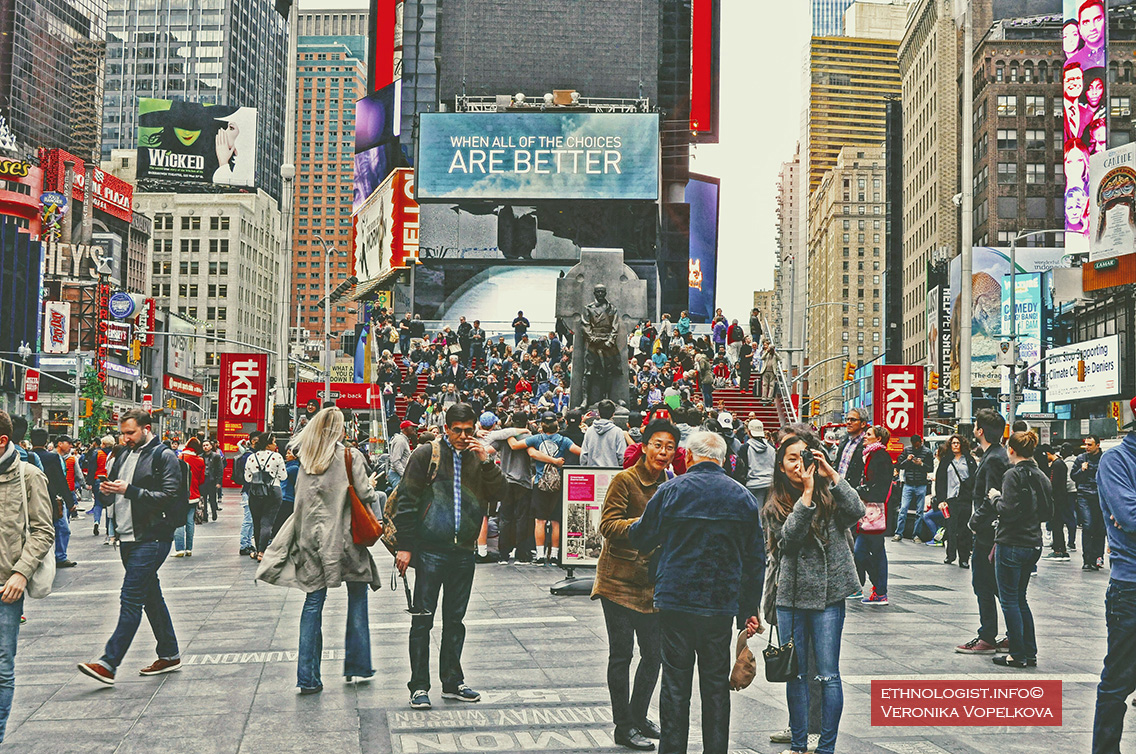
Car-free cities
The dependence of today’s society on cars is undeniable. But is it a step forward? What do we lose by looking for the most convenient way to get around? The documentary, as well as the Car-Free Development guide (Wright, 2005), highlights the problems of growing population, urbanization and the increasing demand for at least two cars per household, problems that dominate urban planning. Narrow streets, parks and other green spaces, pedestrian zones and cafes are rapidly disappearing, to be replaced with roads wide enough for two trucks, and more parking areas.
The official trailer for Human Scale documentary
From a global point of view, living conditions in cities of one million-plus inhabitants are unbearable, largely thanks to the rise in car ownership. Seven of the top 15 most polluted cities are situated in India (Delhi, Gwalior, Allahabad, Patna, Raipur, Ludhiana, Khanna), three in Saudi Arabia (Riyadh, Al Jubail, Ad Dammam) and three in China (Xingtai, Baoding, Shijiazhuang).1.The 15 most polluted cities in the world. (Available URL: 7. 11. 2017.) In Delhi, highlighted as one of the most polluted cities by the World Health Organization (WHO) in 2016, most families do not earn enough to buy a new car, despite the fact that the city’s infrastructure relies on cars and the automotive industry. Traditional rickshaws were banned as public transport in 2014 in an attempt to help with the huge daily traffic jams.2.Delhi High Court bans e-rickshaws till August 18. (Available URL: 7. 11. 2017.) Yet the only impact of the ban has been the loss of cultural heritage. Impassability, noise, and unhealthy and stressful conditions lead to many fatal road accident deaths.3.Pedestrians die as vehicles remain focus of road planning. (Available URL: 7. 11. 2017.) The government took unprecedented measures to try to remedy the situation, banning the registration of diesel cars over ten years old in the whole city. This move outraged some parts of society and, above all, the car companies.4.Diesel car more than 10 years old banned: Centre moves Supreme Court against NGT order. (Available URL: 7. 11. 2017.) Trials and disputes over this radical shift are still ongoing. The government also temporarily prohibited the sale of large diesel vehicles.
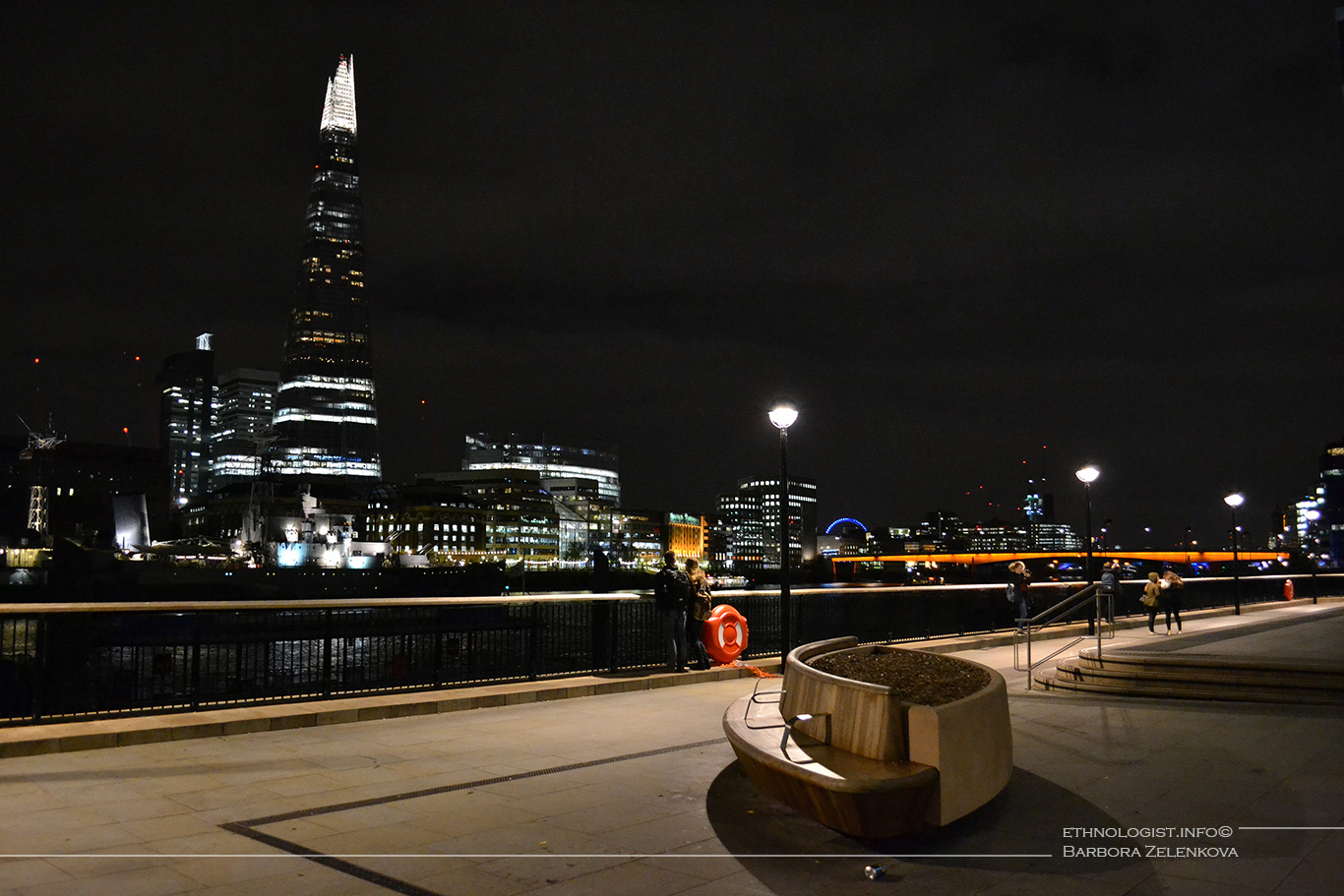
In China, from time to time people have been advised not to go out onto the streets because of the toxic, polluted air. But there are projects that are starting to move Chinese cities like Beijing in the right direction, such as the hydrogen tram from engineer Liang Jianying and the smog-free tower producing clean air designated by Danish architect Daan Roosegaarde.5.World´s largest air purifier takes on China´s smog. (Available URL: 7. 11. 2017.) In times of crisis, not only schools but also coal mines are closed down and the number of cars is reduced in the city. All it takes is just two weeks of restrictive measures and the grey smog is replaced with a bright blue sky.
Clean air design: Daan Roosegaarde about ´Smog Free Tower´
European cities are also tackling air pollution and the other negative impacts of cars in city centres. For example, the Mayor of Madrid, Manuela Carmena, has decided to ban all passenger cars from the city centre. The first step is planned for the main avenue Gran Vía, which will only accept bicycles, buses and taxis before 2019. Then diesel cars will be targeted.6.Madrid, Spain is banning cars from its crowded city center. (Available URL: 7. 11. 2017.) A similar vision has been announced by Oslo, which wants to eliminate cars from its centre.
In Germany, Hamburg wants to give priority to pedestrians and cyclists over car drivers in particular areas and by 2035 forty per cent of the city will be only a green zone.
In Denmark, since the 1960s, Copenhagen has been actively working to be the most cycle-friendly city. In 2016, the number of cyclists exceeded the number of motor vehicles for the first time. Following the successful introduction of its first cycle highway, another 26 high-speed routes are planned for bicycles.7.Bicycle Superhighways in Copenhagen Capital Region. (Available URL: 7. 11. 2017.)
In France three years ago smog forced Paris to make an ecological shift. Firstly, the traffic was significantly reduced on some Sundays of each month, reducing pollution by 30 per cent. In 2016 cars older than 20 years were denied entry to the centre on working days. The Mayor of Paris would like to give preference to electric cars in the city centre and to increase cycling routes by 2020.
Diesel cars are already forbidden in the centre of Athens, where pollution is exacerbated by the climate. Mayor Giorgios Kaminis has announced that he wants a car-free centre within a few years.
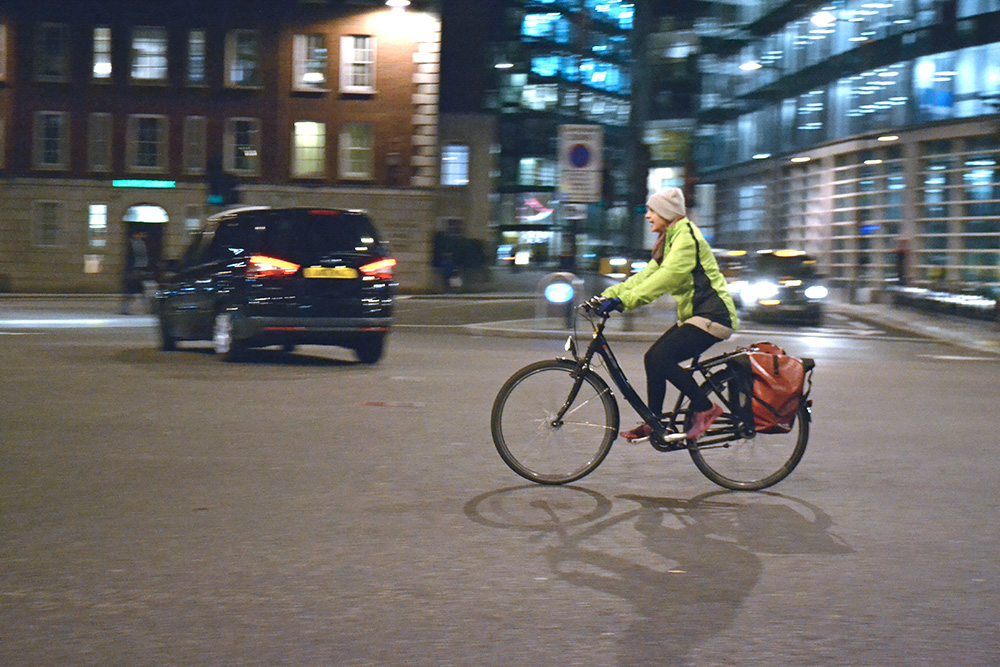
Obviously without the will and action of political leaders, it is difficult to make far-reaching impacts and limit car traffic. Dana Skorepova is the co-organizer of Zažít Roudnici jinak, non-profit organization which has organized cycling in the Czech town of Roudnice for three years, and supported an exhibition by designers Petr Janos for a pedestrian bridge across the River Elbe. She has also initiated long negotiations on cycling routes and about closing part of one of the main roads in Roudnice for a day per week. She said: “The best thing is, of course, when the change does not come from the initiative of some external organizations, but from the Town Hall itself.”
Yet the Roudnice footbridge project, which would provide a safe and comfortable route for pedestrians next to the road bridge, has stagnated due to the city budget. Indeed, financial cost is one of the most common causes of postponing or rejecting environmental and eco-friendly projects in cities. Other concerns include the impacts on retailers, particularly in the old squares, and on commerce more widely. The question is whether people are so busy now that they are only willing to visit a shopping centre accessible by car. If so, then beautiful historic squares will stay empty.
Cities for people
The Human Scale documentary did not only criticize traffic. It provided some ways to make cities greener, with pedestrian-friendly places to rest, offering a place for a conversation between friends or occasional meetings. The intention is to draw people together, so they can hear their own voices, greet others and let children play with their neighbours in the street. Jan Gehl describes a vision for this kind of city. In his words: “If the urban space has no quality, people do not spend time there except for absolutely necessary activities… A good urban space allows a completely different range of human activities.”8.“Jsou-li venkovní prostory nekvalitní, vyskytují se v nich jen nezbytně nutné aktivity… Dobré prostředí umožňuje zcela jiné, široké spektrum lidských aktivit.“ GEHL, J.: Život mezi budovami: Užívání veřejných prostor. Nadace Partnerství, Brno, 2000, p. 13.
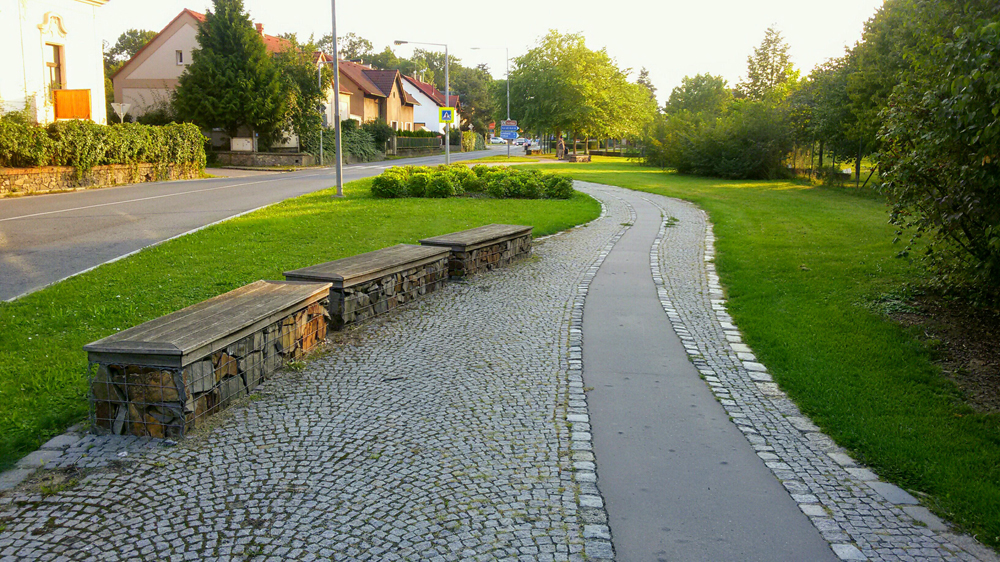
Gehl further describes the current situation: “Children prefer watching TV because they are bored by the outdoors. For the elderly it is not enjoyable to sit on benches, because there is hardly anything to see there…”9.“Děti zůstávají raději u televizoru, protože venku je nuda. Pro staré lidi není zábavné sedět na lavičkách, protože venku není skoro nic k vidění… GEHL, 2000, p. 77. He sees the solution as building terraced houses with front gardens instead of blocks of flats; by making more pedestrian-friendly environments with places to sit (benches, stairs, plinths, steps, fountains); by planning optimal locations of sidewalks and outdoor rest areas; and by arranging benches at regular intervals and designing them to encourage comfortable encounters and communication (for example, placing them at right angles). Other ways to bring life into streets, according to Gehl, include designing zigzagging and interrupted streets rather than long, straight routes. He recommends colonnades, awnings and parasols providing shelter, shade and variability and emphasises the importance of appropriate lighting, eliminating traffic noise, and making natural windbreaks with trees and shrubs. He also mentions the junctions between indoor and outdoor public space. The fewer the barriers (stairs, floors, elevators or receptions), the easier and therefore more likely it will be for people to be outside.
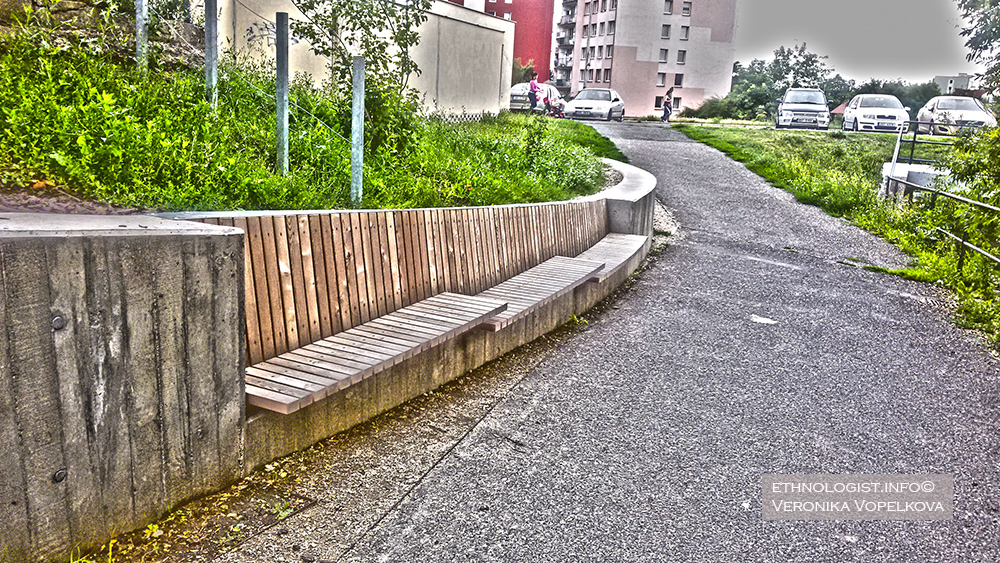
Many of Gehl’s ideas and projects have been realized. For example, in New York City in the 1980s his team of architects turned Times Square into an exclusively pedestrian zone. Mayor Michael Bloomberg (2002-2013) also gave important long-term support and during his time in office a 200-mile network of cycle routes was built. However, the introduction of a road toll for entering the city centre by a car or truck failed. The residents of New York, as well as their deputies, protested against this bill. Building skyscrapers that produce less CO2 proved a more successful ecological project for encouraging sustainable urban development.10.COHEN, S.: Sustainable New York City: A Work in Progress, In: The European Financial Review, 2011..; Empire State Building se zaměří na ochranu životního prostředí.
The transformation of the former railway High Line, on which the last train ran in 1980, is another famous New York project. The non-profit organization Friends of the High Line, founded by David Joshua and Robert Hammond, set up an effective campaign and started the process for its preservation. In 2004, the City Hall itself organized an international architectural competition to renovate the original space, which currently provides one of the few green areas in the crowded city centre.11.Promenáda High Line nad rušnými ulicemi New Yorku. Jan Gehl’s team has also turned their attention to Prague’s highway, after a request from the Town Hall. Their ideas have been published and now it depends on Prague as to if and how they accept the challenge.
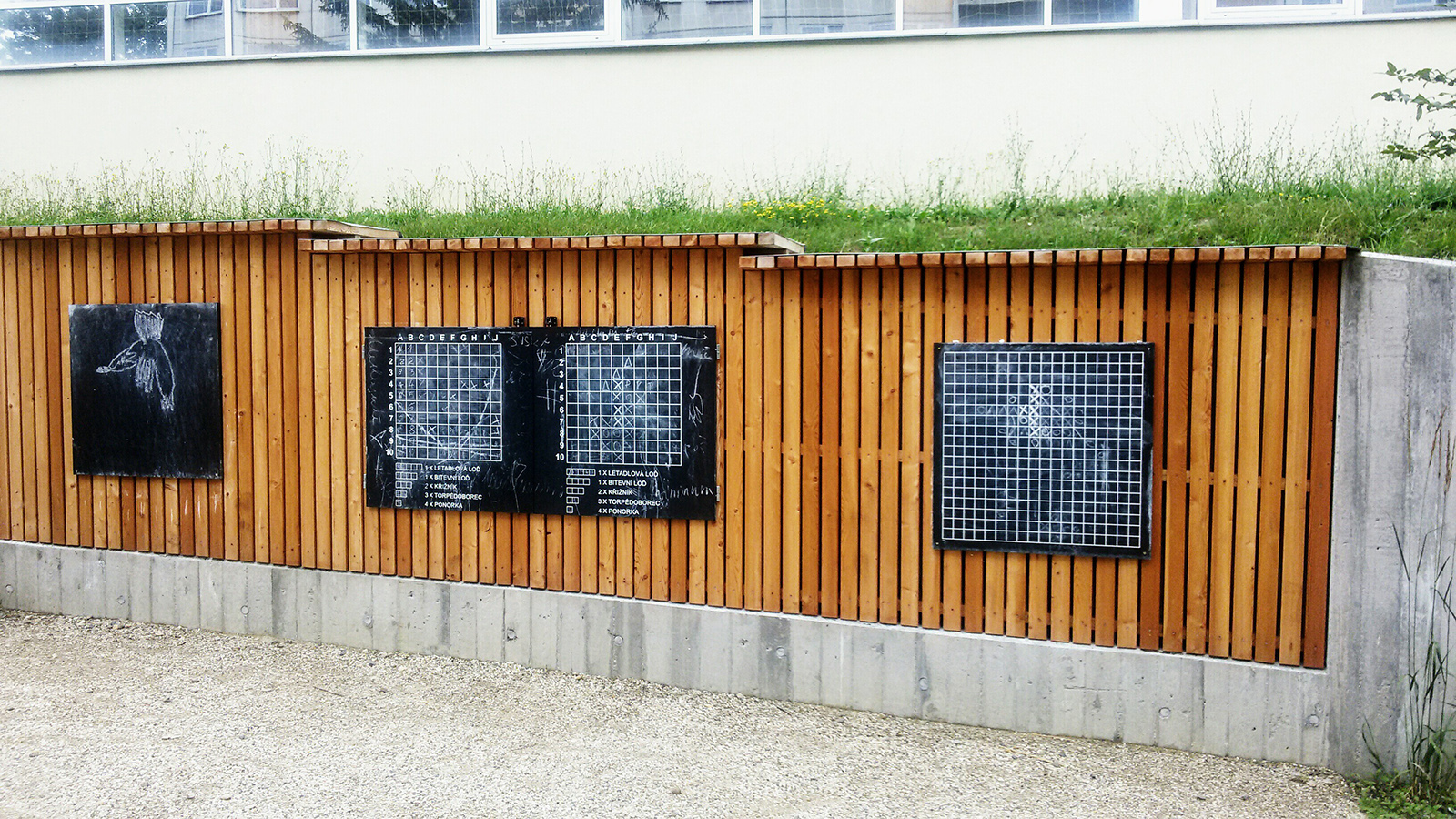
But the task of changing our cities does not lie only in the hands of architects and Town Halls. If as citizens we slow down our hectic pace, we may find out for ourselves what would make our cities better places to live in. We all have our own voices and there are many things around us that we can criticize or praise – or we can simply decide to give the life to the genius loci that every place has.
| ↑1 | The 15 most polluted cities in the world. (Available URL: 7. 11. 2017.) |
|---|---|
| ↑2 | Delhi High Court bans e-rickshaws till August 18. (Available URL: 7. 11. 2017.) |
| ↑3 | Pedestrians die as vehicles remain focus of road planning. (Available URL: 7. 11. 2017.) |
| ↑4 | Diesel car more than 10 years old banned: Centre moves Supreme Court against NGT order. (Available URL: 7. 11. 2017.) |
| ↑5 | World´s largest air purifier takes on China´s smog. (Available URL: 7. 11. 2017.) |
| ↑6 | Madrid, Spain is banning cars from its crowded city center. (Available URL: 7. 11. 2017.) |
| ↑7 | Bicycle Superhighways in Copenhagen Capital Region. (Available URL: 7. 11. 2017.) |
| ↑8 | “Jsou-li venkovní prostory nekvalitní, vyskytují se v nich jen nezbytně nutné aktivity… Dobré prostředí umožňuje zcela jiné, široké spektrum lidských aktivit.“ GEHL, J.: Život mezi budovami: Užívání veřejných prostor. Nadace Partnerství, Brno, 2000, p. 13. |
| ↑9 | “Děti zůstávají raději u televizoru, protože venku je nuda. Pro staré lidi není zábavné sedět na lavičkách, protože venku není skoro nic k vidění… GEHL, 2000, p. 77. |
| ↑10 | COHEN, S.: Sustainable New York City: A Work in Progress, In: The European Financial Review, 2011..; Empire State Building se zaměří na ochranu životního prostředí. |
| ↑11 | Promenáda High Line nad rušnými ulicemi New Yorku. |